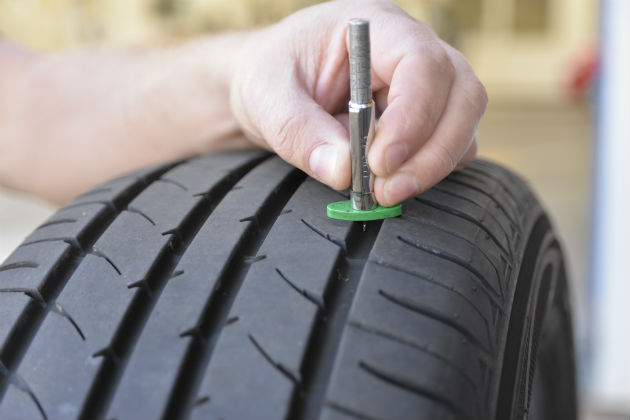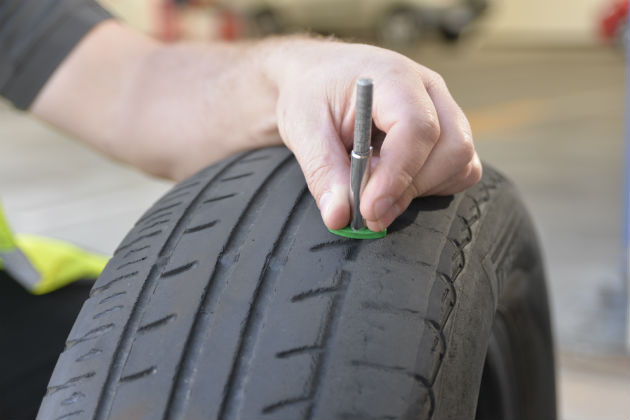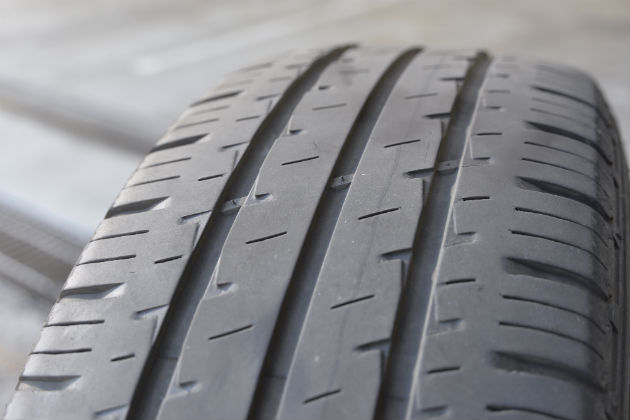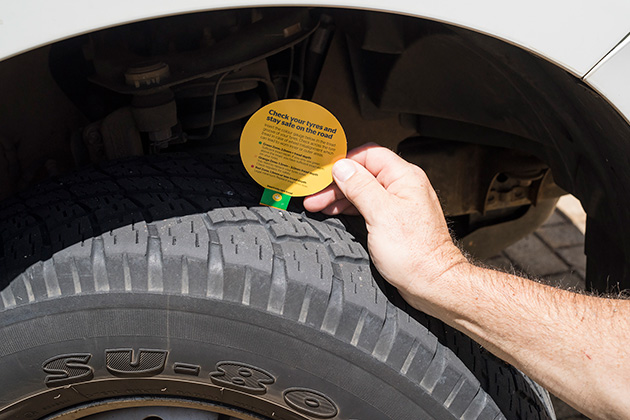Regularly checking your tyres is more important than you might think. Tyres play a crucial role in your car's road-handling and in keeping you safe.
Momentarily losing control of your car as it skids on a wet road is an unnerving experience. It also highlights how much work your tyres do to avoid accidents.
Dangerously bald tyres are one of the most common problems seen when servicing a vehicle, according to more than 80 per cent of RAC Auto Services technicians.
Don’t underestimate the job your tyre tread does. The grooves in the rubber remove water from the contact patch that connects the tyre and the road, enabling grip and traction. It's this grip that allows you to accelerate, steer and brake safely - the essentials that keep your vehicle under control and the people in it and around you safe.
RELATED:
How to read car tyre markings
RELATED: Find out if it's time for new tyres

What makes a tyre bald?
The minimum legal tread depth is 1.5mm in Australia. Brand new tyres come with 6-8mm of tread, and then slowly get worn down. When the tread gets to 3mm, its highly recommended that you change your tyres.
If you’re driving with bald tyres, don’t be surprised if you get pulled up by the police to be handed a fine as well as getting demerit points.

The dangers of bald tyres
Aquaplaning is a major risk when driving with bald tyres on wet roads. In this scenario the water is not being adequately funnelled out from between the contact patch and wet road, making the surface extremely slippery.
Having a deeper groove and higher tread also reduces the likelihood of punctures that may be caused by shards of broken glass and other sharp objects found on the road. Proper tread level provides greater distance between the road’s surface and the inflated tyre, offering a buffer or layer of protection.
Driving on bald tyres can make it difficult to stop quickly when you need to apply your brakes firmly and may even cause your car to skid out of control on a wet road.
On loose road surfaces, bald tyres increase the likelihood of a crash even more due to a lack of traction between the tyre surface and the road surface.
The more worn your tread becomes, the more your vehicle handling changes, increasing the risk of you losing control.

Balding factors
Bald tyres are often older tyres, and old tyres can develop other issues such as cracks and bulges in the sidewall. It may be the tread has become so worn that the tyres are bearing the brunt of overloading and insufficient protection from roads and other surfaces.
This kind of damage combined with underinflated tyres could result in a tyre blowing out as you’re driving.
For proper tyre health, you should make sure the tyre is inflated to the right pressure according to the manufacturer's recommendation. If your car’s tyres are underinflated there will be a greater load on the tyre which will contribute to wearing down the tread. In this instance, the outer areas of the tyres wear out faster.
Conversely, overinflated tyres are also a risk. Putting too much air in a tyre forces the outer tread areas to bulge, creating a smaller contact patch and producing greater wear on the centre of the tyre.
You’ll notice the ride is more uncomfortable, as the tyres are less able to absorb small shocks and bumps along the drive.
The car’s wheel alignment and also wheel balance play a fundamental role in making sure the wear on the tyre tread is even. When wheels are out of alignment or your tyres need balancing, it creates excessive wear on the tyre tread.

How to check tyre tread?
Look for the tread wear indicator bars moulded into your tyre tread. There should be one in each of your tyre’s grooves. If the bars are level with the tread, it's time for new tyres.
A quick way to check is with a tyre tread depth gauge. The simplest of these gauges are inexpensive and can be found at automotive retail stores or you can pick up a free gauge as a RAC member at one of our nine Auto Services centres.

Need new tyres?
Call the experts. RAC's mobile tyre service can come to your home or workplace to fit new tyres at competitive prices. Plus, members get 10% off.
Last updated: February 2022
